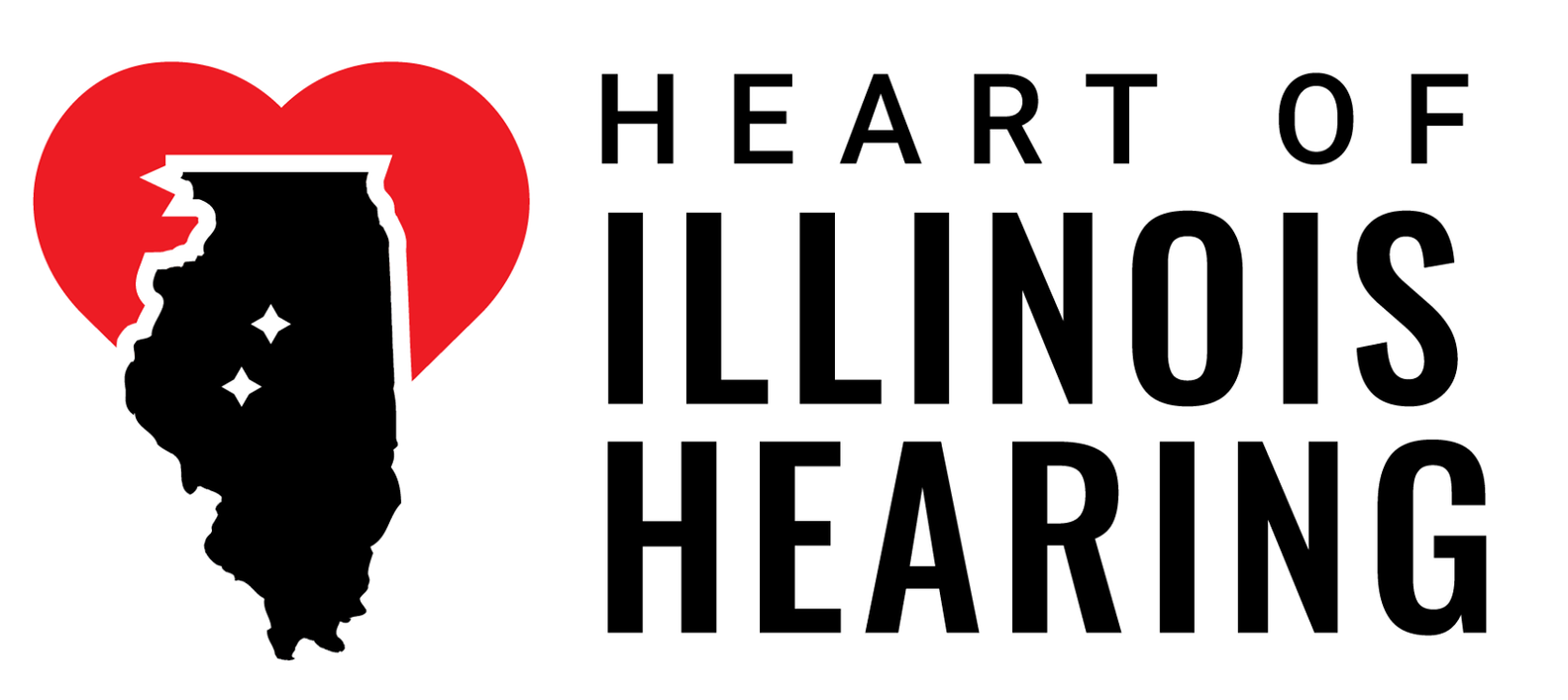Prevention of Hearing Loss

How to Prevent Hearing Loss
Hearing loss can also affect your overall health. Even if you’re already suffering from some form of hearing loss, it’s essential to protect your ears and hearing from further damage. The following are some tips for the prevention of hearing loss.
- Avoid exposure to loud music or noise as much as possible.
- Wear earplugs, noise-canceling headphones or earmuffs if you know you are going to be exposed to loud noises for a prolonged period of time.
- Listen to the TV and music at lower volumes.
- Take a break in a quiet place to rest your ears for at least 5 minutes when in loud environments.
- Do not clean your ears with cotton swabs, as they can damage your eardrum.
- Keep your ears dry when swimming to prevent infections. Use earplugs to help with this.
- Exercise regularly to benefit your overall health, including your ears.
- Manage stress in healthy ways to prevent tinnitus outbreaks.
- Do not take certain medications that can damage your hearing. See your doctor with any questions about this.
OSHA Requirements for Hearing Protection
Part of The Department of Labor, the Occupational Safety and Health Administration (OSHA) sets guidelines to make sure the hearing of workers is protected while on the job. Loudness is measured decibels (dBA).
The National Institute for Occupational Safety and Health (NIOSH) recommends that all worker exposure be less than 85 dBA for no more than eight hours. Otherwise, a written hearing conservation program must be put in place by the employer. A sound level meter is used to measure the noise level.
If a sound level meter isn’t available, the 2-to-3 foot rule should be adhered to. If you have to speak loudly to be heard by someone standing two to three feet away, the sound level is most likely at least 85 dBA.
What Is the Best Hearing Protection for Me?
Earplugs and earmuffs are the two most common forms of hearing protection for the workplace. Earplugs are good if you work in an airport, factory, foundry, or construction site. Many sizes are made to ensure the best fit, as well as reusable or disposable styles. They usually cost less than earmuffs and are not as prone to damage from heat or moisture.
If you already have a sensitivity to noise, or have difficulty concentrating in a loud environment, then noise-canceling earmuffs may be the better option. They are popular with individuals suffering from autism, ADHD, hyperacusis, and misophonia. They are bulkier and more expensive than earplugs, but still cost less than $20 most of the time.
How Do I Wear Hearing Protection Properly?
If you’re not sure of this, please just ask us. Your employer should also have detailed information regarding proper hearing protection on the job if it’s warranted. Make sure your earplugs are a good fit by gently tugging on them. If the plugs move, you’ll need to place them deeper inside your ear canal.
No matter when you wear earplugs, take the proper precautions when taking them out. Twist them gingerly to break the acoustic seal before doing so, especially if you have custom-fitted ones.


